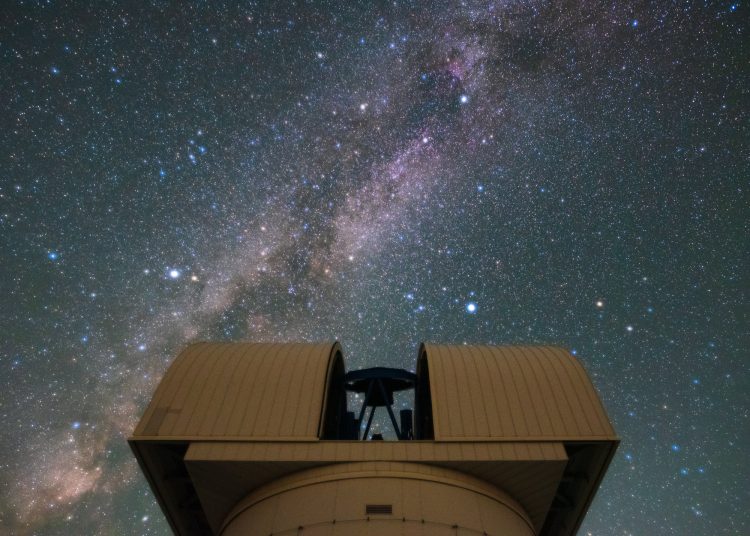Summer Triangle Above the Helmos Observatory
Description
From the photographer: “A single-exposure image, captured using a diffuser filter in front of the lens. In this image you can recognize the summer triangle (an astronomical asterism in the northern celestial hemisphere) above the observatory. The defining vertices of this imaginary triangle are Altair, Deneb, and Vega, each of which is the brightest star of its constellation (Aquila, Cygnus, and Lyra, respectively).”
Helmos Observatory is located on mount Helmos (Aroania) in the Northern Peloponnese at an altitude of 2340 m (22˚ 11′ 46″ East, 37˚ 59′ 04″ North), 130 km west of Athens and about 15 km from the city of Kalavryta. The site is one of the darkest areas in Greece and Europe. The telescope was named after Aristarchus of Samos or Aristarchos (in Greek Αρίσταρχος) (310 BC – 230 BC). Aristarchos was a mathematician, philosopher and astronomer, sometimes refered to as the Greek Copernicus. He was born on the island of Samos and was the first to propose a heliocentric model of the solar system, a hypothesis violently rejected by colleagues and fellow citizens since it was displacing the Earth from the center of the universe (geocentric model). The latter was largely affected by the ideas of Aristotle and Ptolemy. Aristarchus’ model was put aside for almost 18 centuries for many reasons (Big Bang: The Origin of the Universe, Simon Singh, Fourth Estate, 2005) when it was finally revived, developed and fully confirmed by Copernicus and Brahe.

comments (0)